It is fascinating how a complex network of cells, genes, and characteristics come together to give a person their unique form and features. And when two people have exactly the same features, the idea becomes somewhat more intriguing. A journalist at BBC once said that according to folk wisdom, everyone has a doppelganger, somewhere out there, a perfect duplicate, even if the duo may be unrelated. Two such doppelgangers found each other after a series of identity crises. They agreed to take a DNA test to find out if they were lost siblings, but the results unfolded another story, reported Inside Edition.
The doppelgangers, both named Brady Feigl, are 6-foot and 4-inch minor league players. Both Bradys have red hair, clumps of red beards, and thick glasses. The only way people recognized them, one of them was a pitcher for the Texas Rangers’ Double-A club, while the other was a pitcher for the Oakland Athletics. Yet, the two believed that they were not related at all.
But even stranger than fiction, both of them underwent Tommy John surgery and that too from the same doctor in 2015. This led to their first identity clash. “I was probably six or seven months out of surgery and their office called our trainer and said, ‘Hey, when’s Brady reporting for surgery? Is he getting down here tomorrow?’” the younger Feigl told The Clarion-Ledger at the time. “He was like, ‘He had it six months ago. What are you talking about?’” Brady explained. “That’s how I found out there were two of us.” When they came to know about each other, they were stunned by their lookalikes.
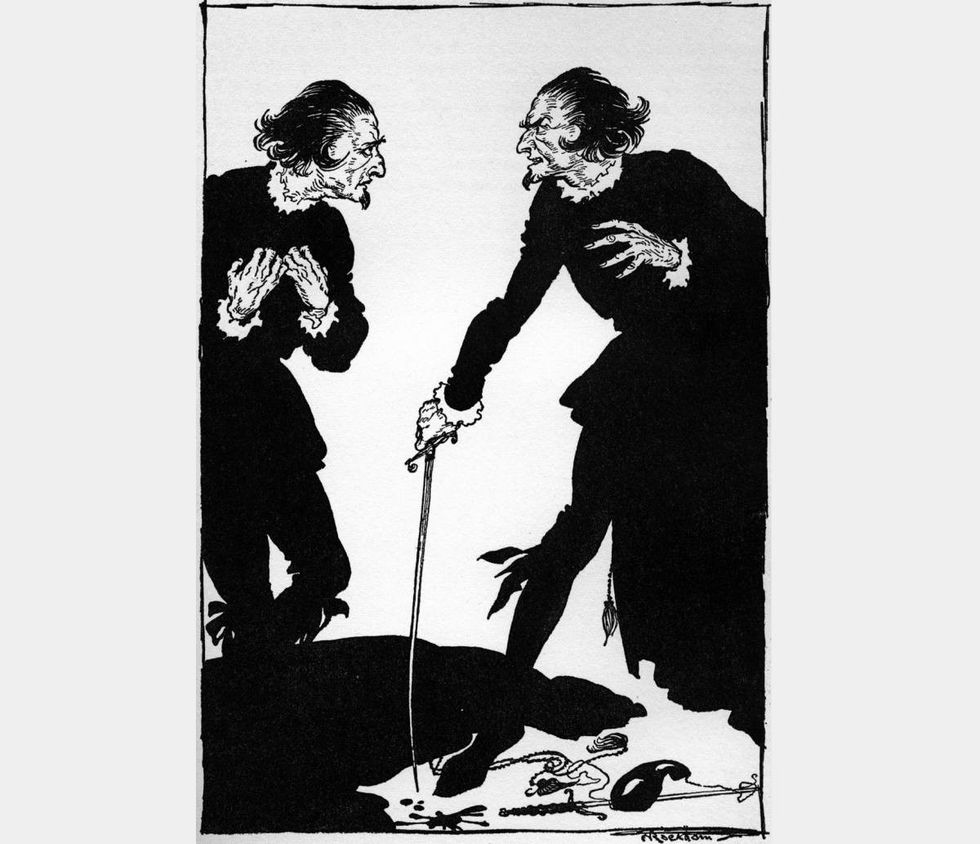
A few years later, in 2017, the duo fell into another identity crisis, after the University of Mississippi’s baseball team tagged the wrong Brady on X in a birthday tribute, where the other Brady was signed at the time, according to the New York Post. “Wrong Brady Feigl,” he said, “Might be looking for @bfeigl39…”
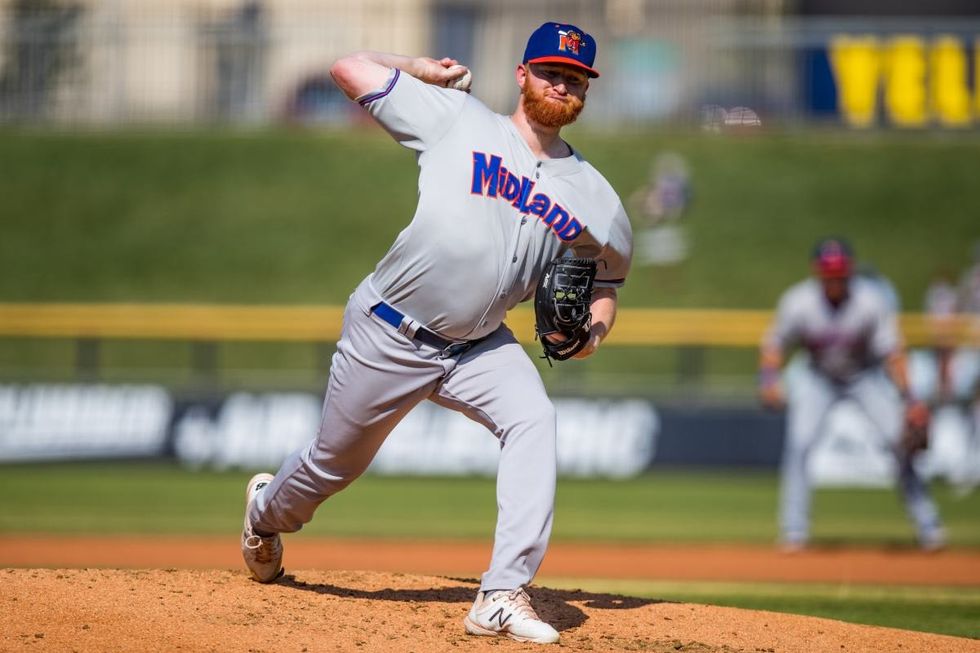
However, in 2019, Inside Edition profiled the pair and got both of them to undergo a DNA test. They agreed. Strangely enough, science revealed that they were not related in any way, except for one thing. Both of them had Germanic heritage. "It says I'm 53 percent Germanic Europe," said one Brady Feigl. Even though they’re unrelated, they think they’re like real brothers. "We're still brothers in a way I guess," said one Brady. "And we're always going to be Brady Feigl," said the other.
A study published in the journal Cell Reports, reported by Smithsonian Magazine, found that two doppelgangers may look alike, and have the same DNA or genetic characteristics but may still be unrelated. Researchers found that nine of the 16 very similar-looking pairs shared many common genetic variations known as “single nucleotide polymorphisms.” Talking about these doppelgangers, Manel Esteller, a geneticist who leads Spain’s Josep Carreras Leukaemia Research Institute, to Gizmodo’s Ed Cara said, “These pairs are therefore like virtual twins.”
This article originally appeared 2 months ago.




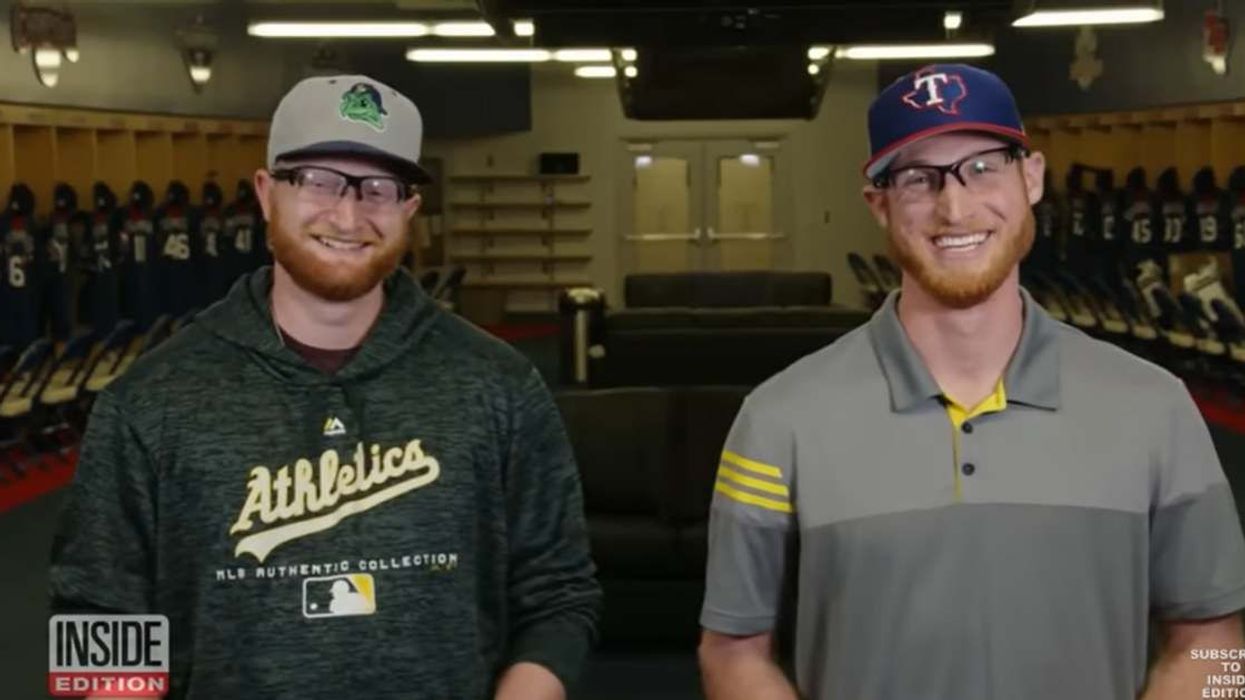

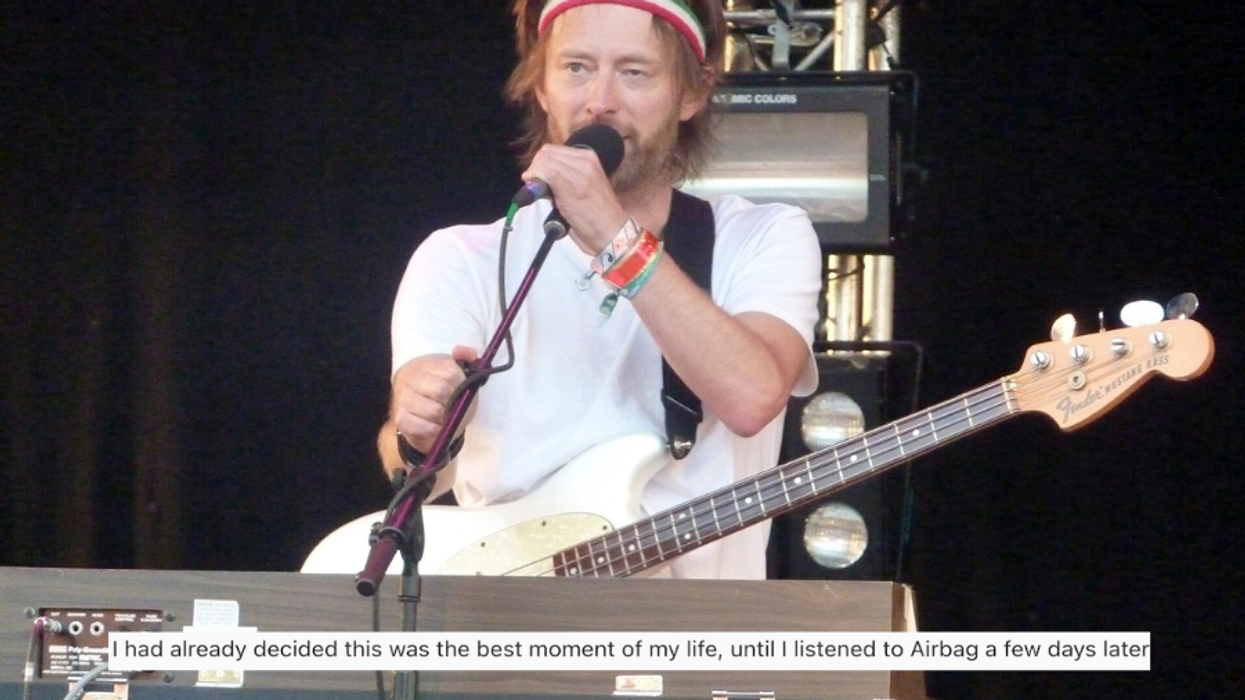
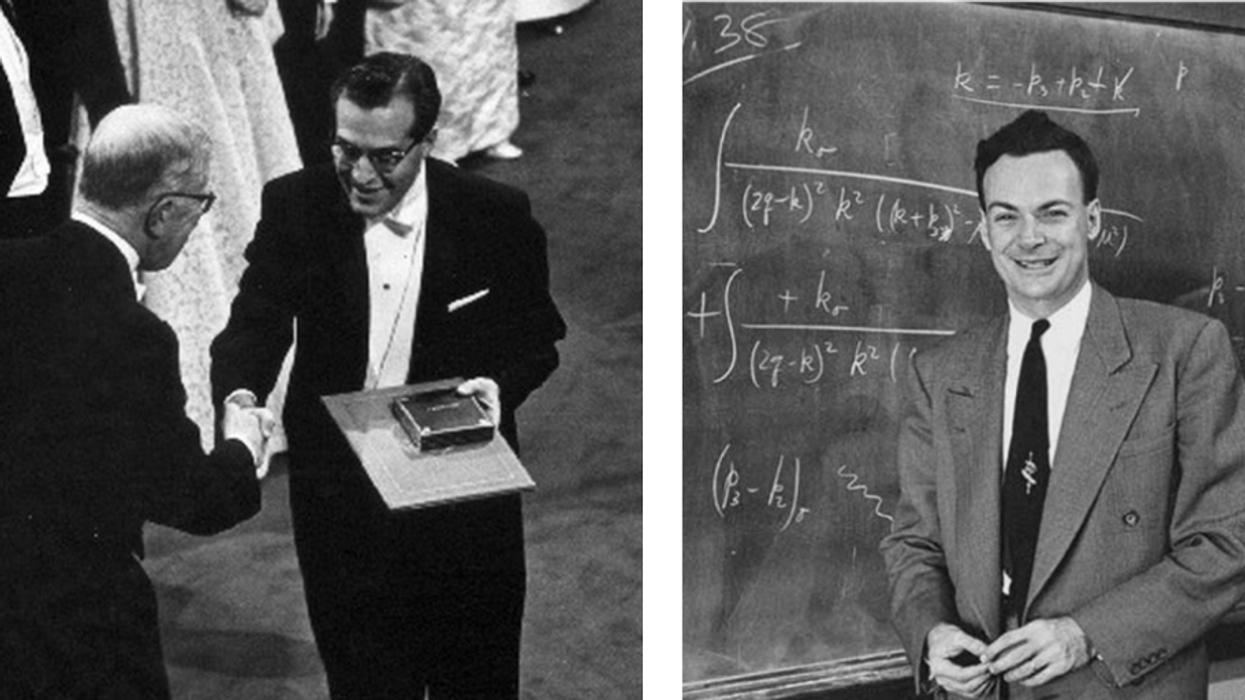
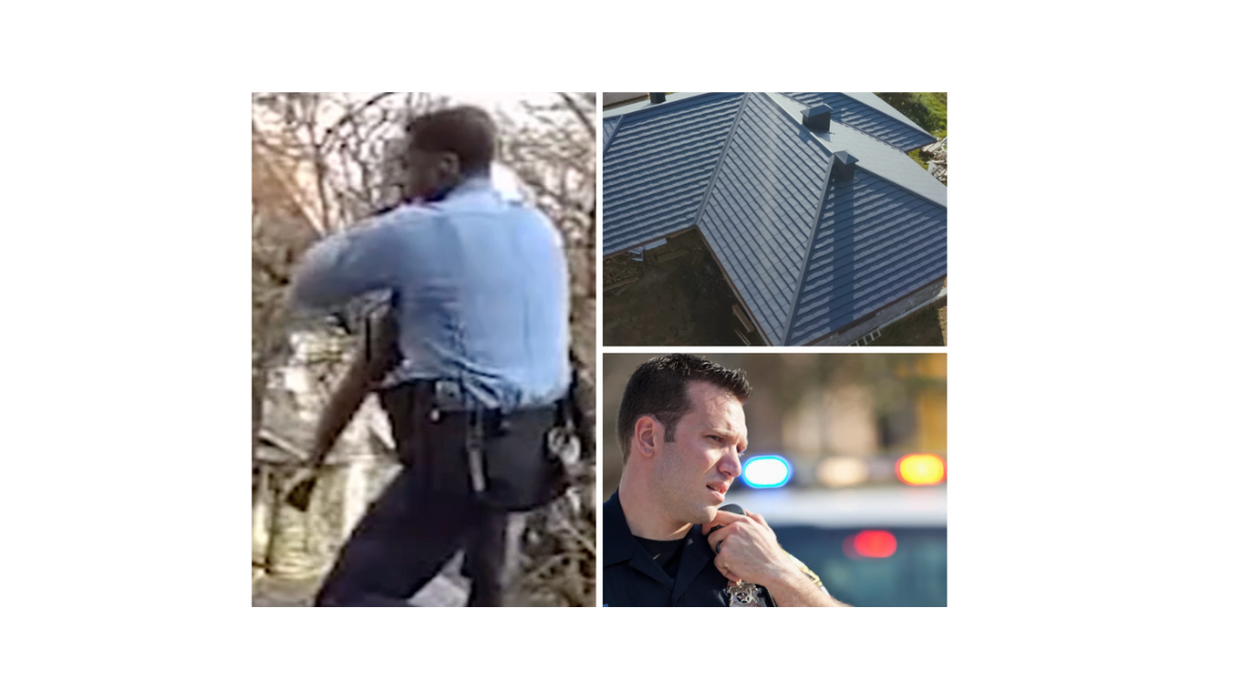
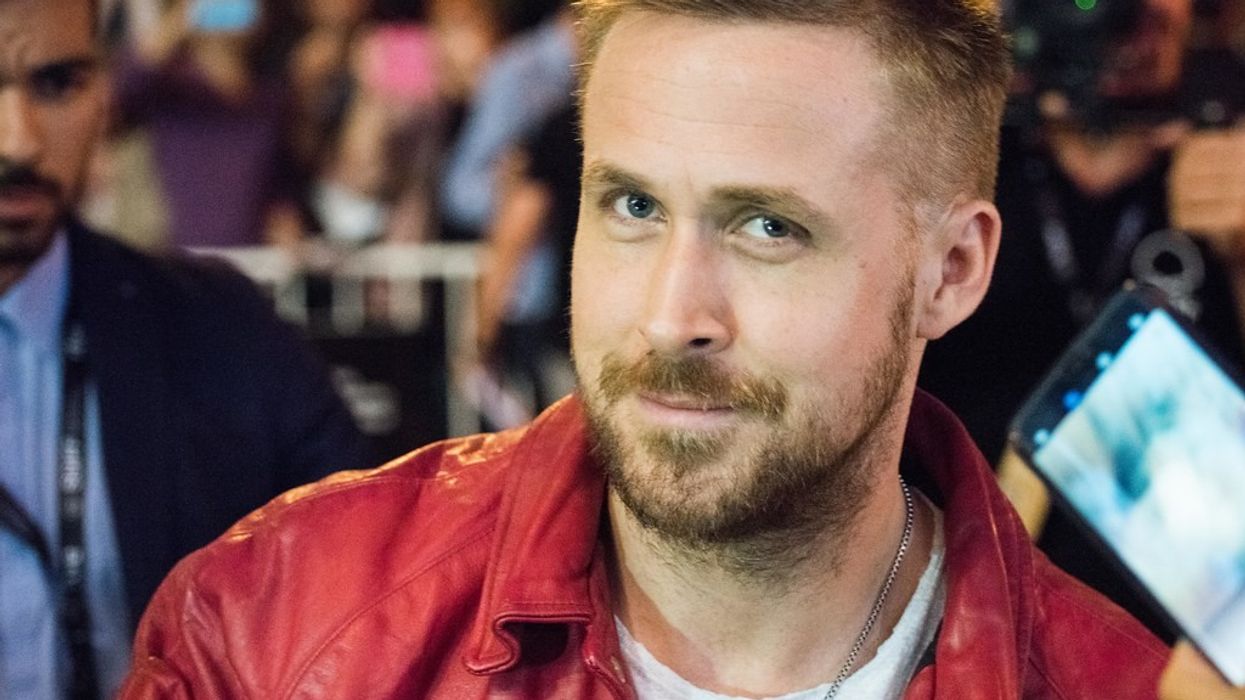
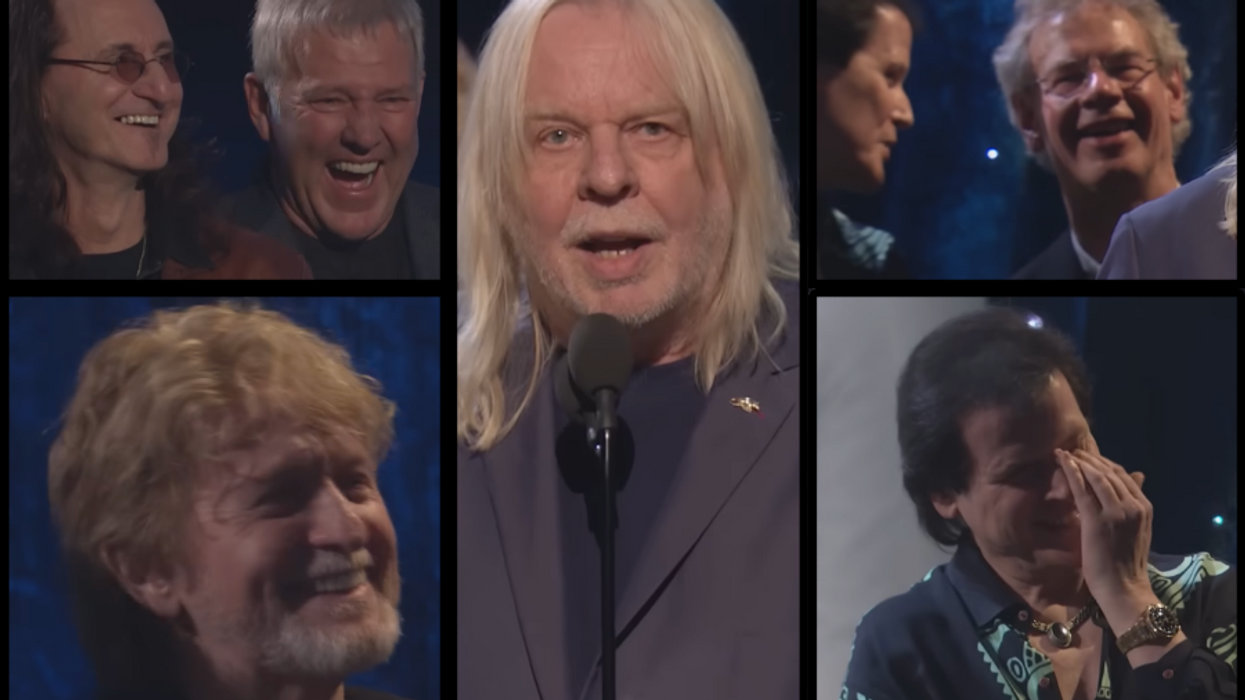

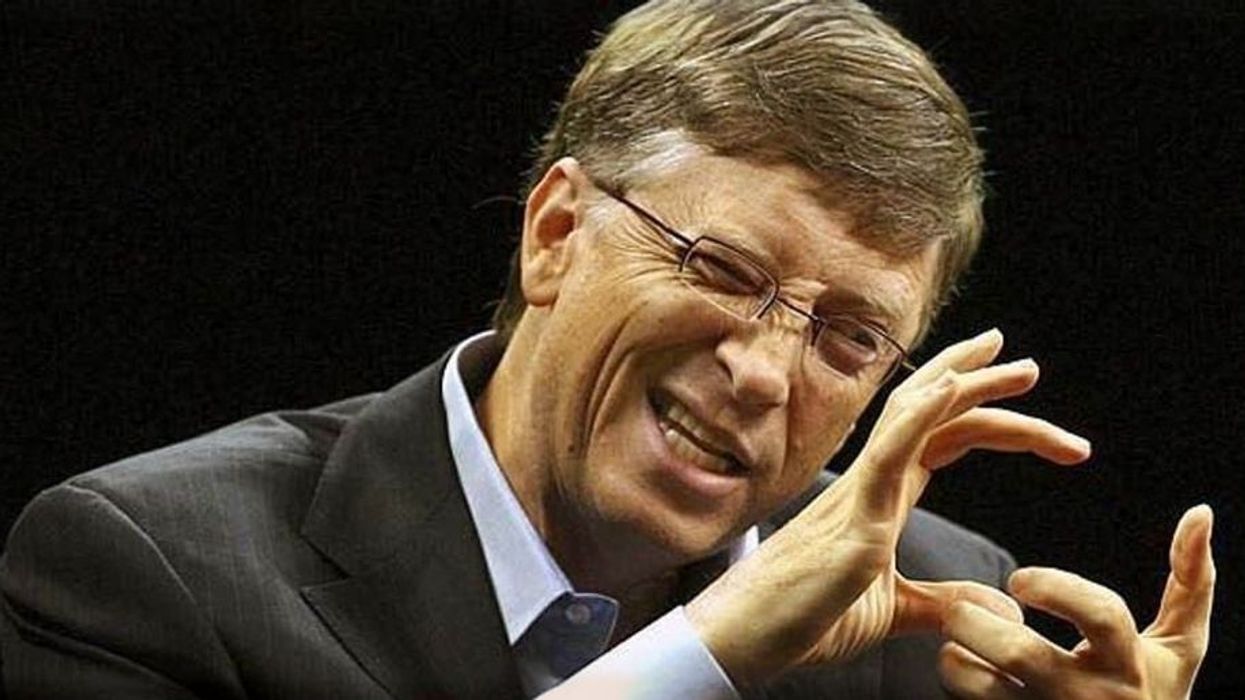
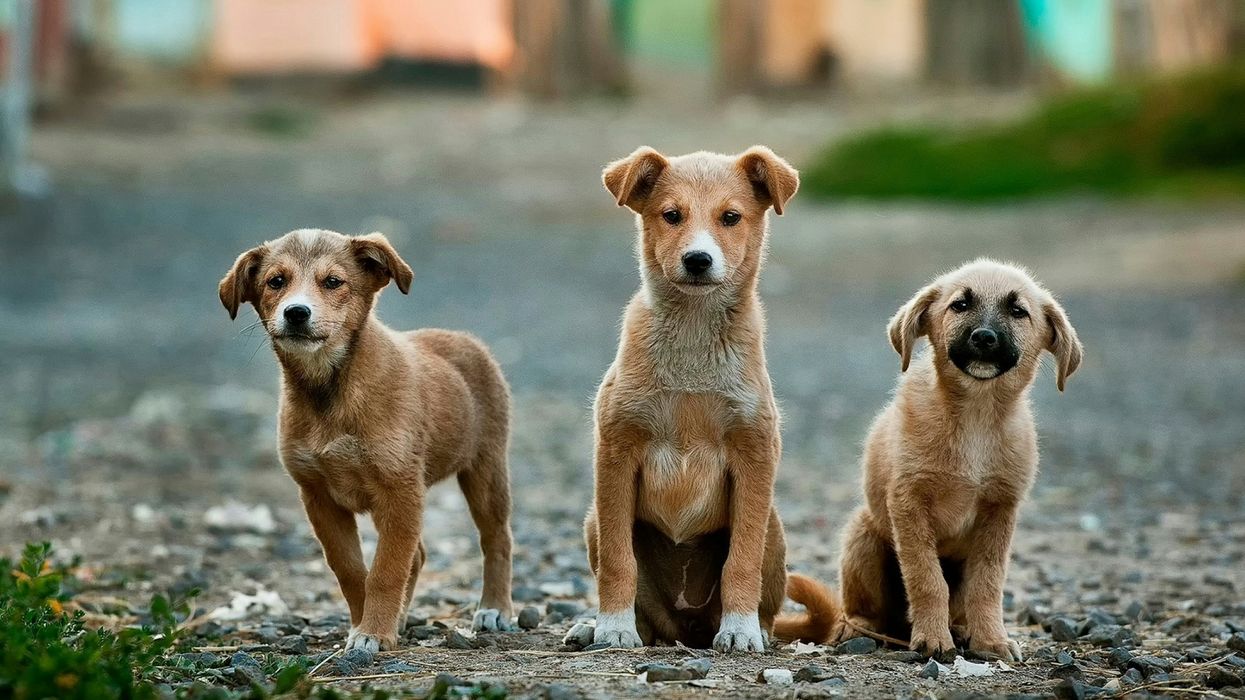
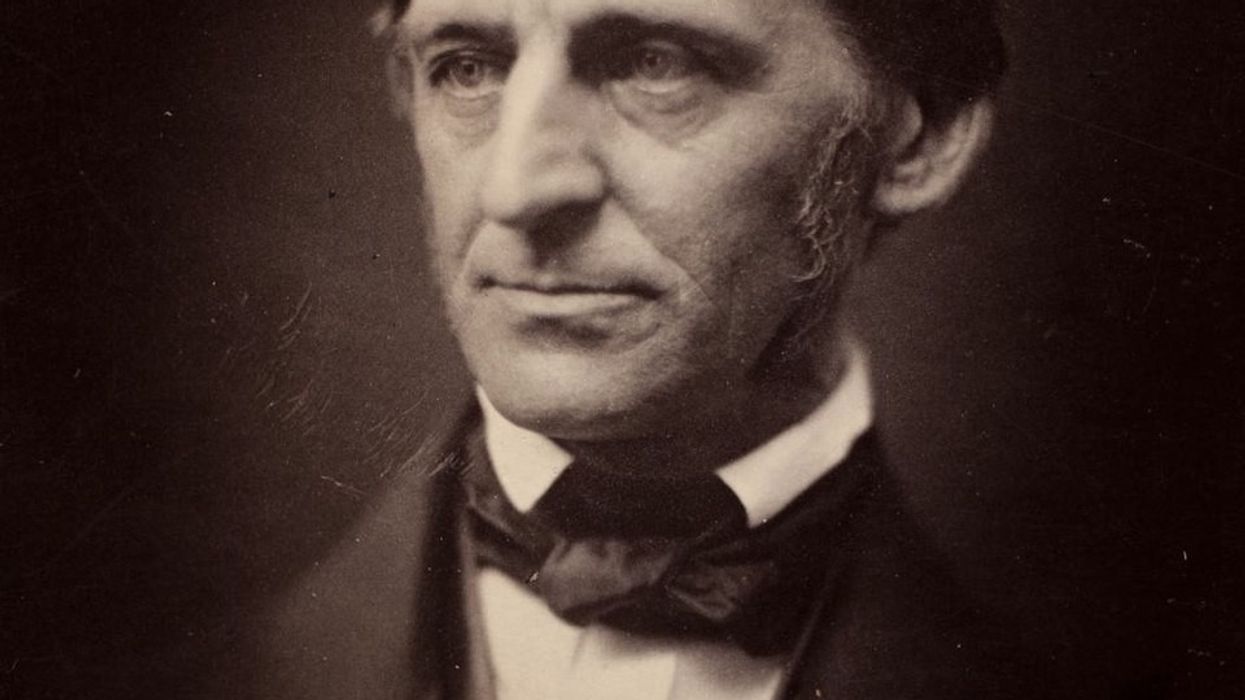


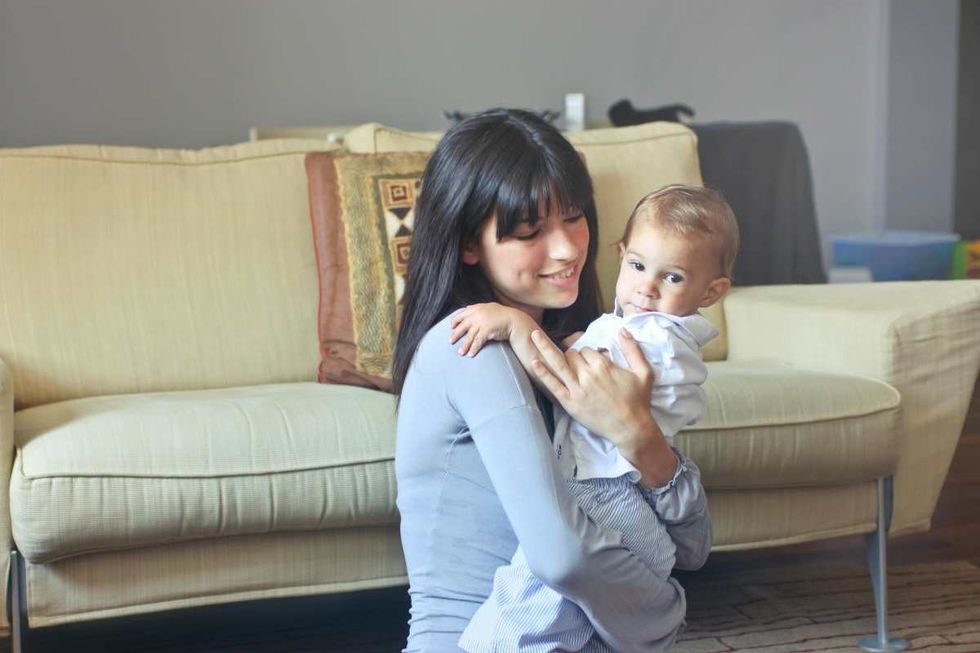 Pexels | Photo by Andrea Piacquadio
Pexels | Photo by Andrea Piacquadio
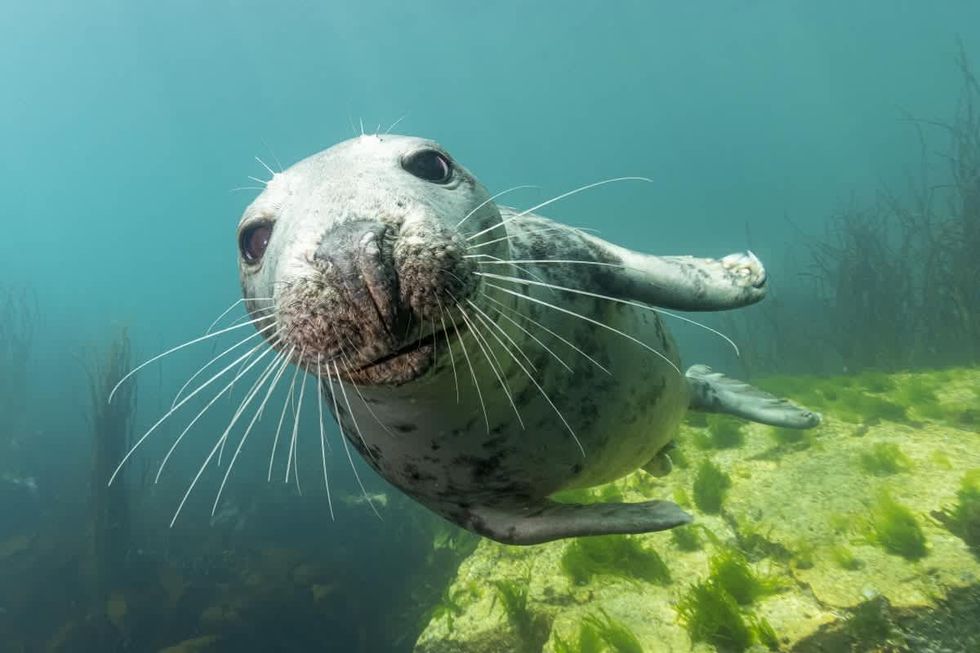 An Atlantic grey seal looking at the camera underwater. (Representative Image Source: Getty Images | Mark Chivers)
An Atlantic grey seal looking at the camera underwater. (Representative Image Source: Getty Images | Mark Chivers)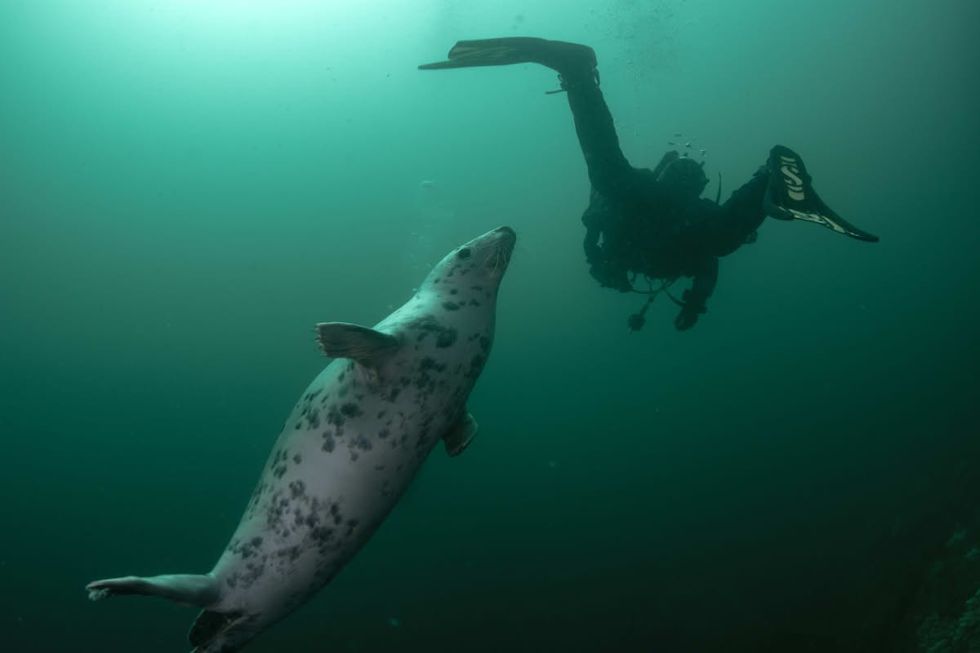 A grey seal swims up to a scuba diver. (Representative Image Source: Getty Images | Huw Thomas)
A grey seal swims up to a scuba diver. (Representative Image Source: Getty Images | Huw Thomas)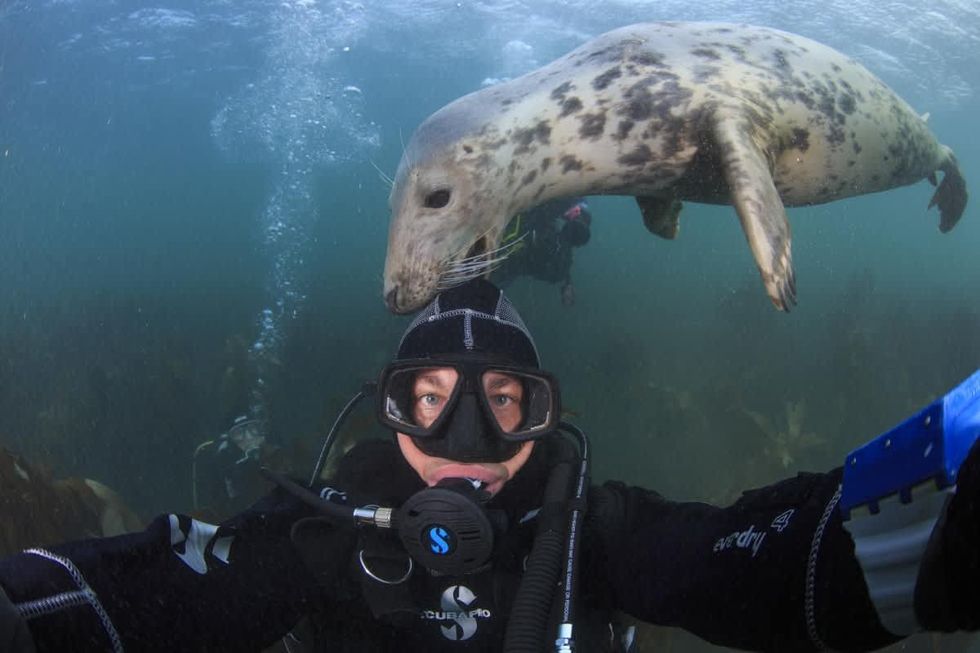 A Grey seal nibbles at the hood of a scuba diver. (Representative Image Source: Getty Images | Bernard Radvaner)
A Grey seal nibbles at the hood of a scuba diver. (Representative Image Source: Getty Images | Bernard Radvaner)
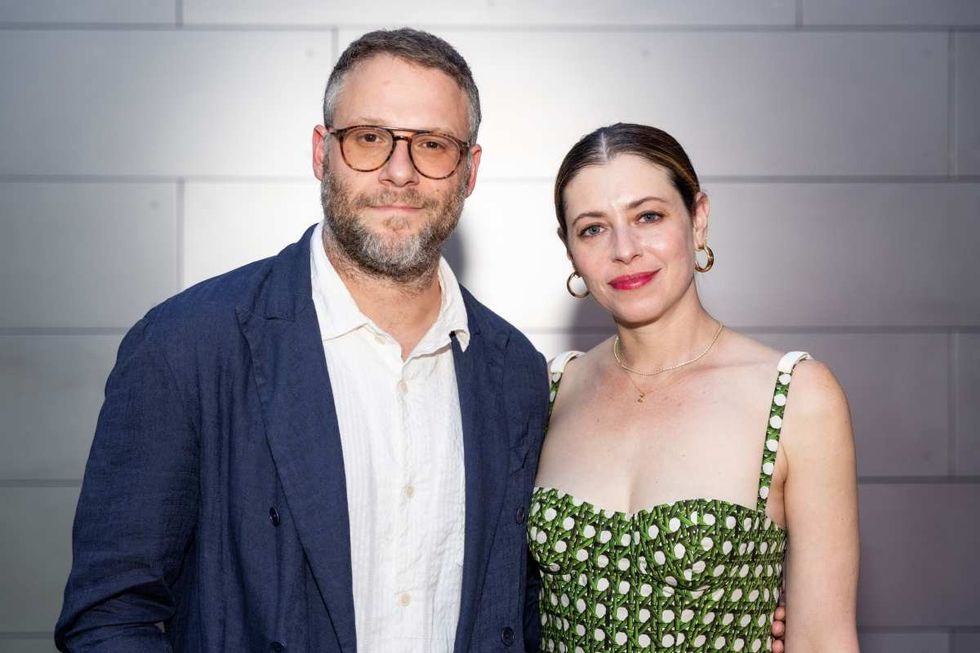 Image Source: Seth Rogen and Lauren Miller Rogen co-host the HFC Austin Brain Health Dinner on September 30, 2023, in Austin, Texas. (Photo by Rick Kern/Getty Images for Hilarity for Charity)
Image Source: Seth Rogen and Lauren Miller Rogen co-host the HFC Austin Brain Health Dinner on September 30, 2023, in Austin, Texas. (Photo by Rick Kern/Getty Images for Hilarity for Charity)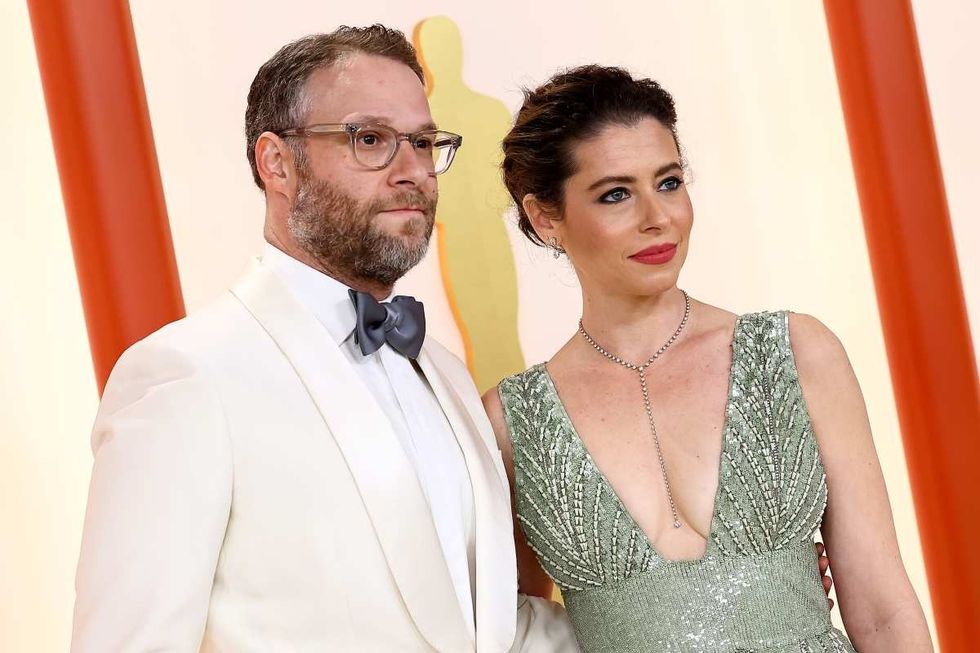 Image Source: Seth Rogen and Lauren Miller Rogen attend the 95th Annual Academy Awards on March 12, 2023 in Hollywood, California. (Photo by Arturo Holmes/Getty Images )
Image Source: Seth Rogen and Lauren Miller Rogen attend the 95th Annual Academy Awards on March 12, 2023 in Hollywood, California. (Photo by Arturo Holmes/Getty Images ) Image Source: YouTube |
Image Source: YouTube |  Image Source: YouTube |
Image Source: YouTube | 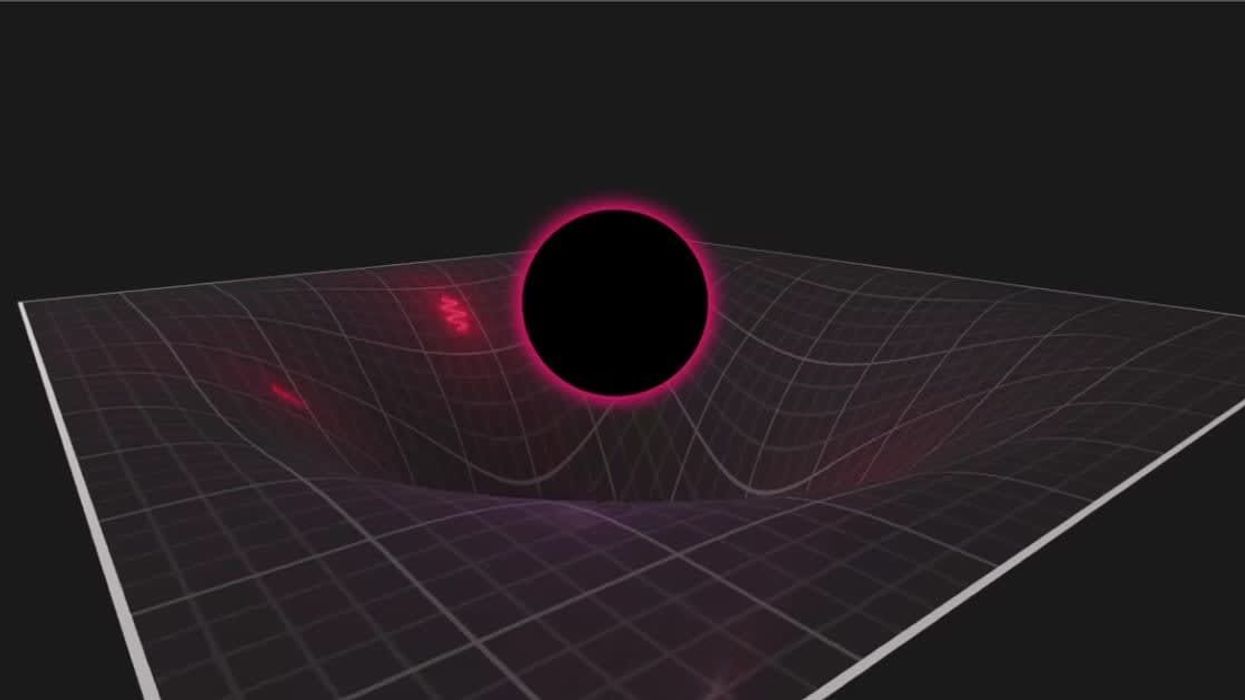
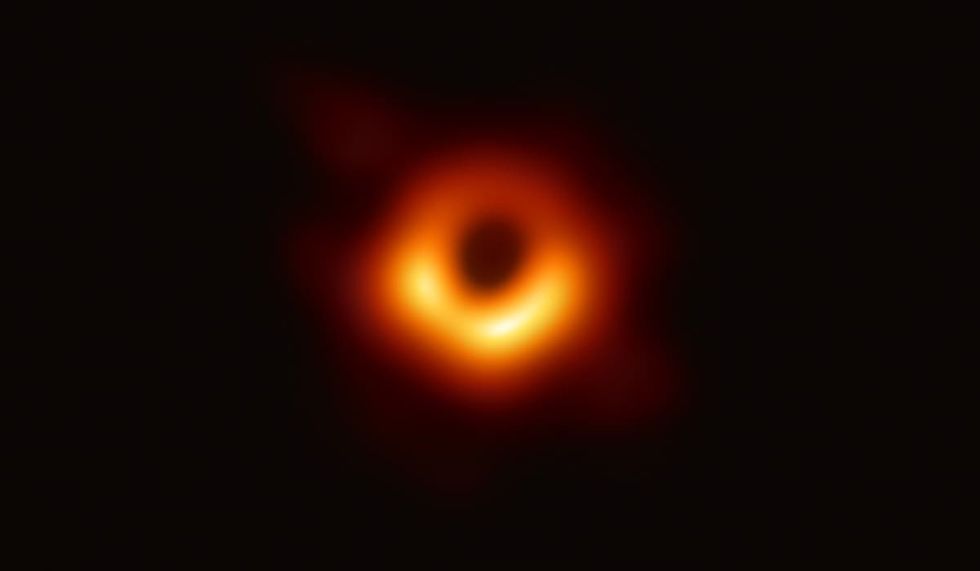 Image Source: In this handout photo provided by the National Science Foundation, the Event Horizon Telescope captures a black hole at the center of galaxy M87 in an image released on April 10, 2019. (National Science Foundation via Getty Images)
Image Source: In this handout photo provided by the National Science Foundation, the Event Horizon Telescope captures a black hole at the center of galaxy M87 in an image released on April 10, 2019. (National Science Foundation via Getty Images)
 Representational Image Source: Pexels I Photo by Nataliya Vaitkevich
Representational Image Source: Pexels I Photo by Nataliya Vaitkevich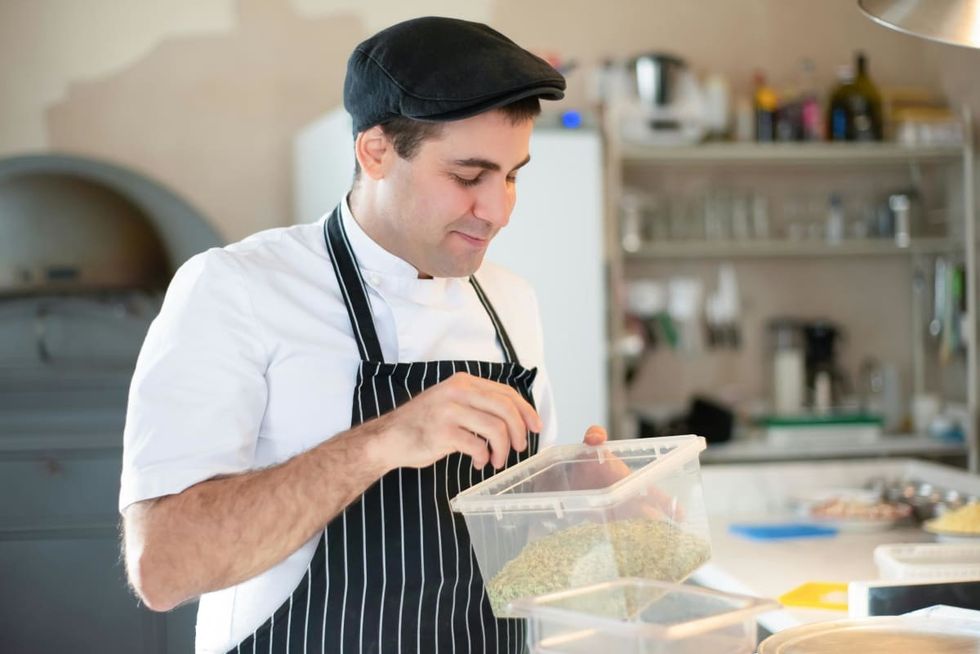 Representative Image Source: Pexels | Kampus Production
Representative Image Source: Pexels | Kampus Production
 Image Source: Destroyed vehicles lie near the rubble after the earthquake and tsunami devastated the area on March 16, 2011, in Minamisanriku, Japan. The 9.0 magnitude strong earthquake struck offshore on March 11 at 2:46 pm local time, triggering a tsunami wave of up to ten meters which engulfed large parts of north-eastern Japan. (Photo by Chris McGrath/Getty Images)
Image Source: Destroyed vehicles lie near the rubble after the earthquake and tsunami devastated the area on March 16, 2011, in Minamisanriku, Japan. The 9.0 magnitude strong earthquake struck offshore on March 11 at 2:46 pm local time, triggering a tsunami wave of up to ten meters which engulfed large parts of north-eastern Japan. (Photo by Chris McGrath/Getty Images)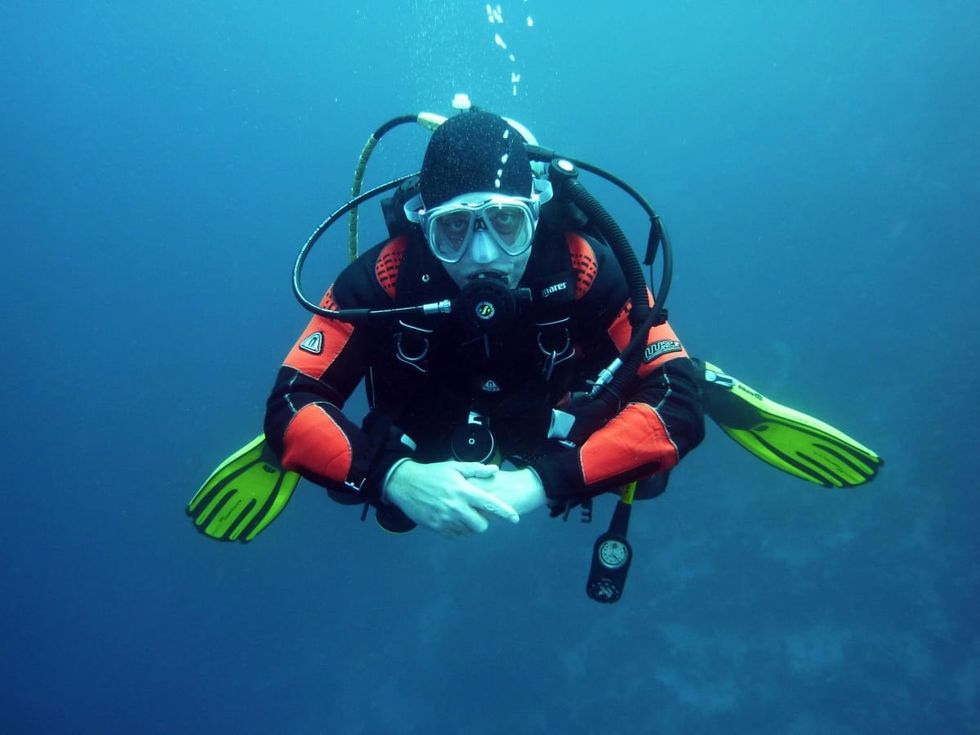 Representative Image Source: Pexels | Pixabay
Representative Image Source: Pexels | Pixabay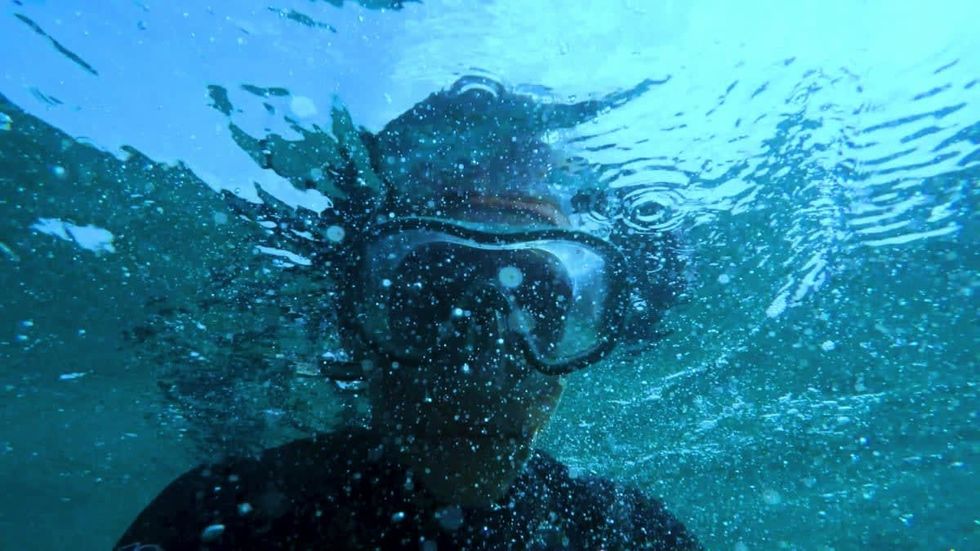 Representative Image Source: Pexels | Stuart Pritchards
Representative Image Source: Pexels | Stuart Pritchards
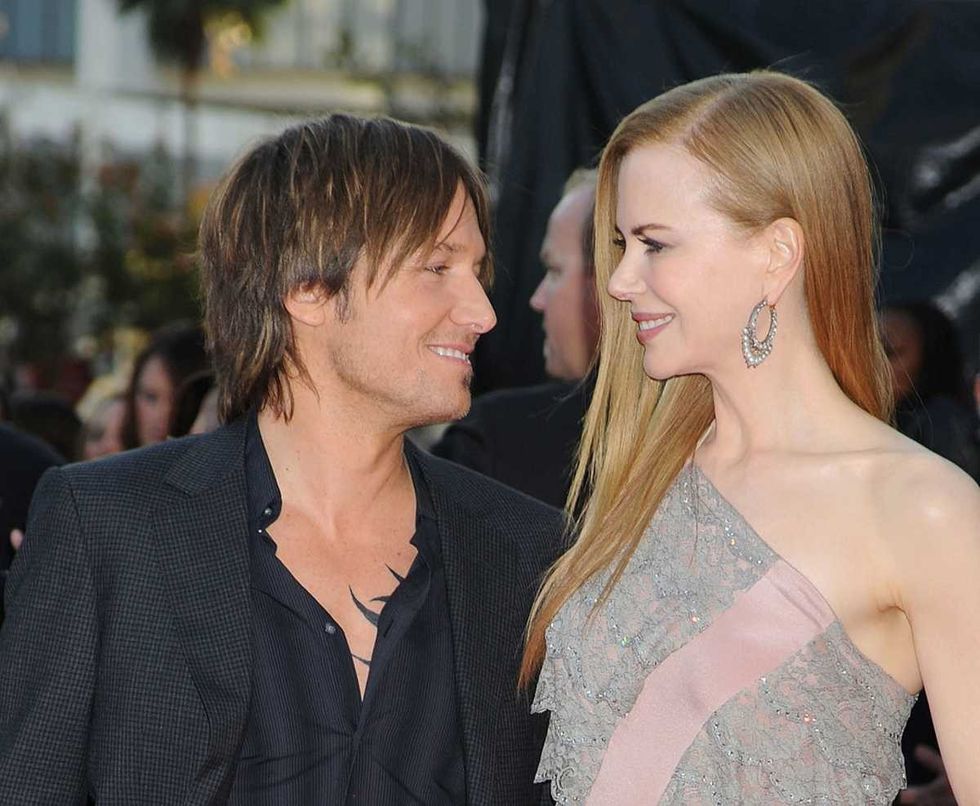 Image Source: Musician Keith Urban and actress Nicole Kidman arrive at the 2009 American Music Awards at Nokia Theatre L.A. Live on November 22, 2009 in Los Angeles, California. (Photo by Jeffrey Mayer/WireImage)
Image Source: Musician Keith Urban and actress Nicole Kidman arrive at the 2009 American Music Awards at Nokia Theatre L.A. Live on November 22, 2009 in Los Angeles, California. (Photo by Jeffrey Mayer/WireImage)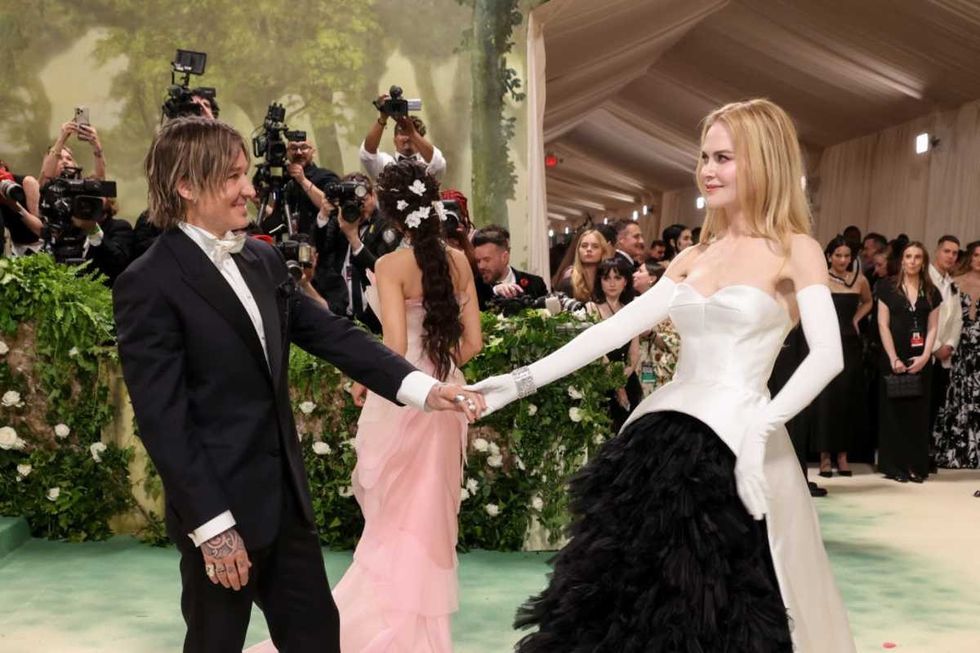 Image Source: Keith Urban and Nicole Kidman attend The 2024 Met Gala on May 06, 2024 in New York City. (Photo by John Shearer/WireImage)
Image Source: Keith Urban and Nicole Kidman attend The 2024 Met Gala on May 06, 2024 in New York City. (Photo by John Shearer/WireImage)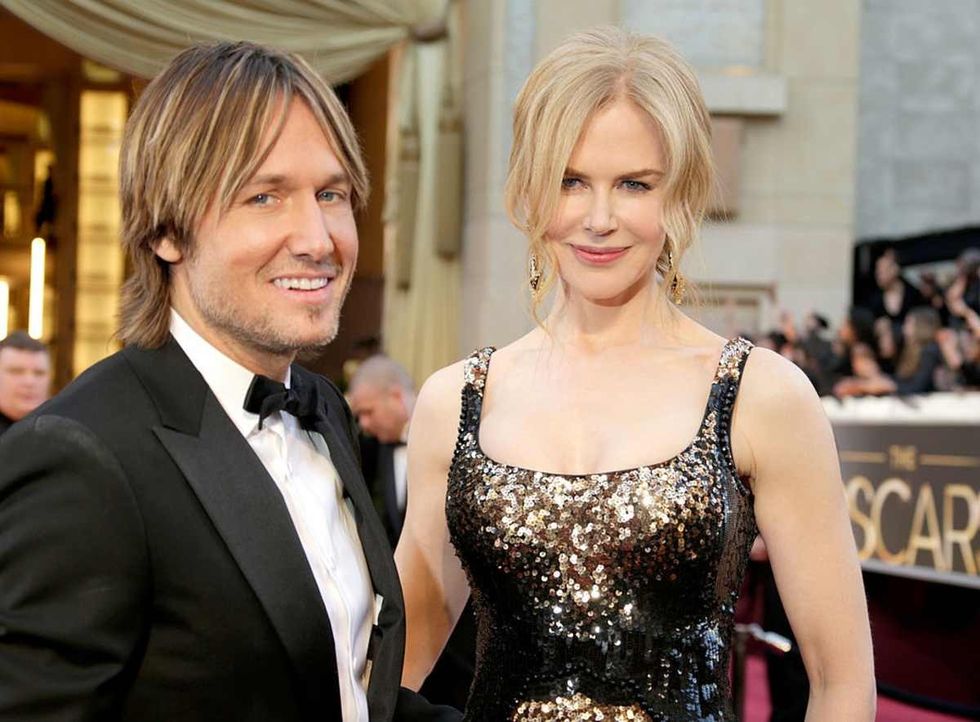 Image Source: Musician Keith Urban and actress Nicole Kidman arrive at the Oscars on February 24, 2013 in Hollywood, California. (Photo by Jeff Vespa/WireImage)
Image Source: Musician Keith Urban and actress Nicole Kidman arrive at the Oscars on February 24, 2013 in Hollywood, California. (Photo by Jeff Vespa/WireImage)
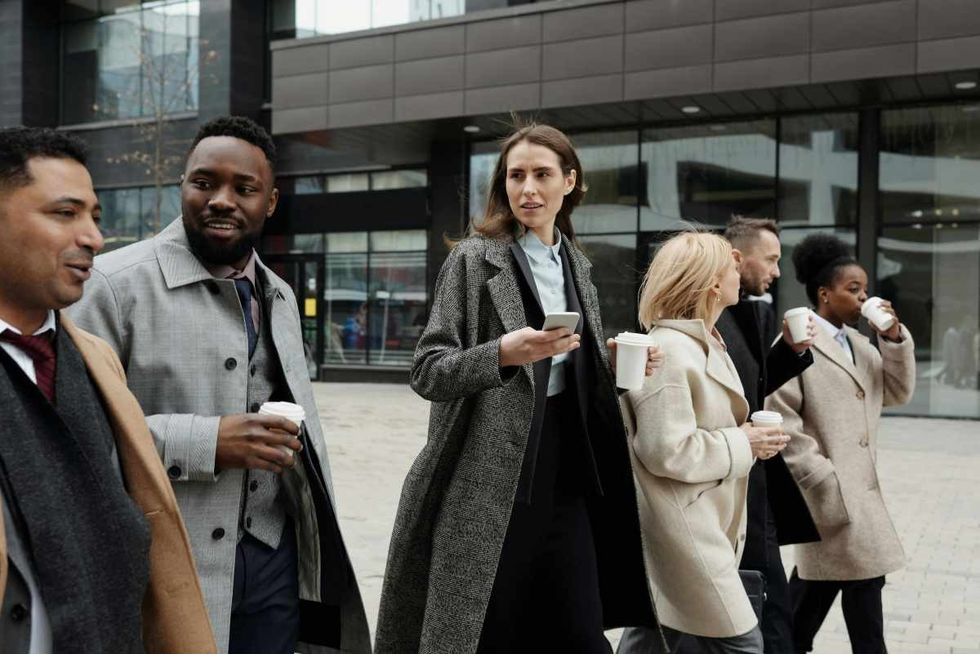 Representative Image Source: Pexels | August de Richelieu
Representative Image Source: Pexels | August de Richelieu Representative Image Source: Pexels | August de Richelieu
Representative Image Source: Pexels | August de Richelieu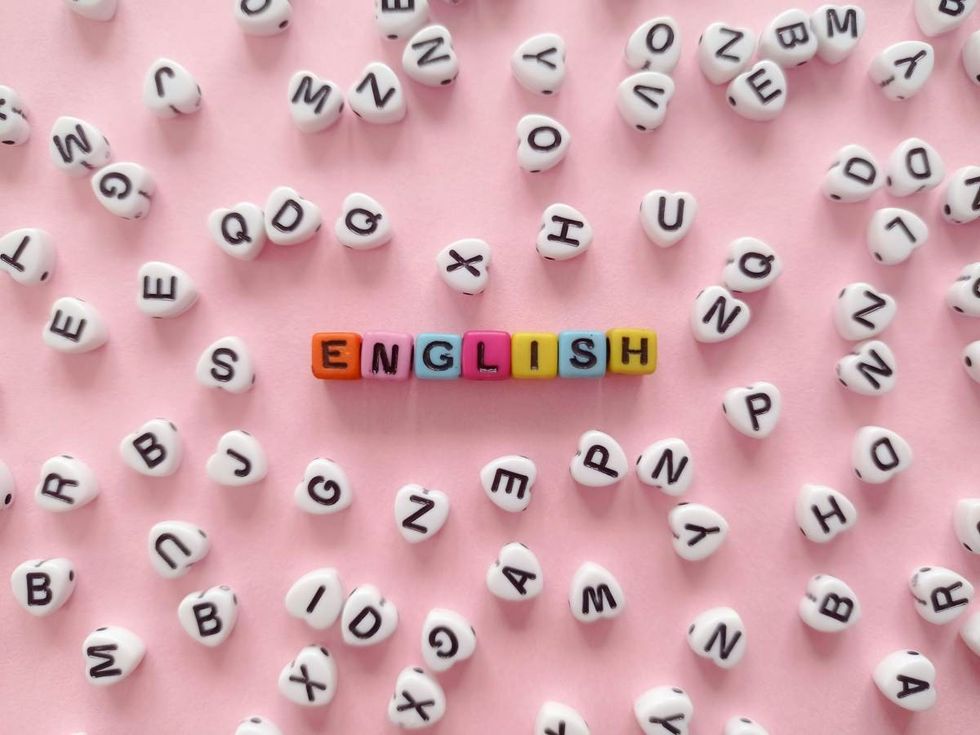 Representative Image Source: Pexels | Djordje Vezilic
Representative Image Source: Pexels | Djordje Vezilic Representative Image Source: Pexels | Fauxels
Representative Image Source: Pexels | Fauxels